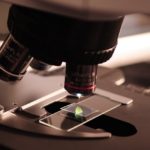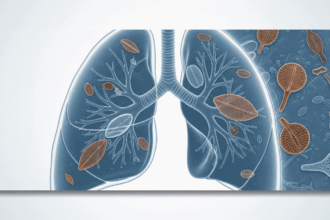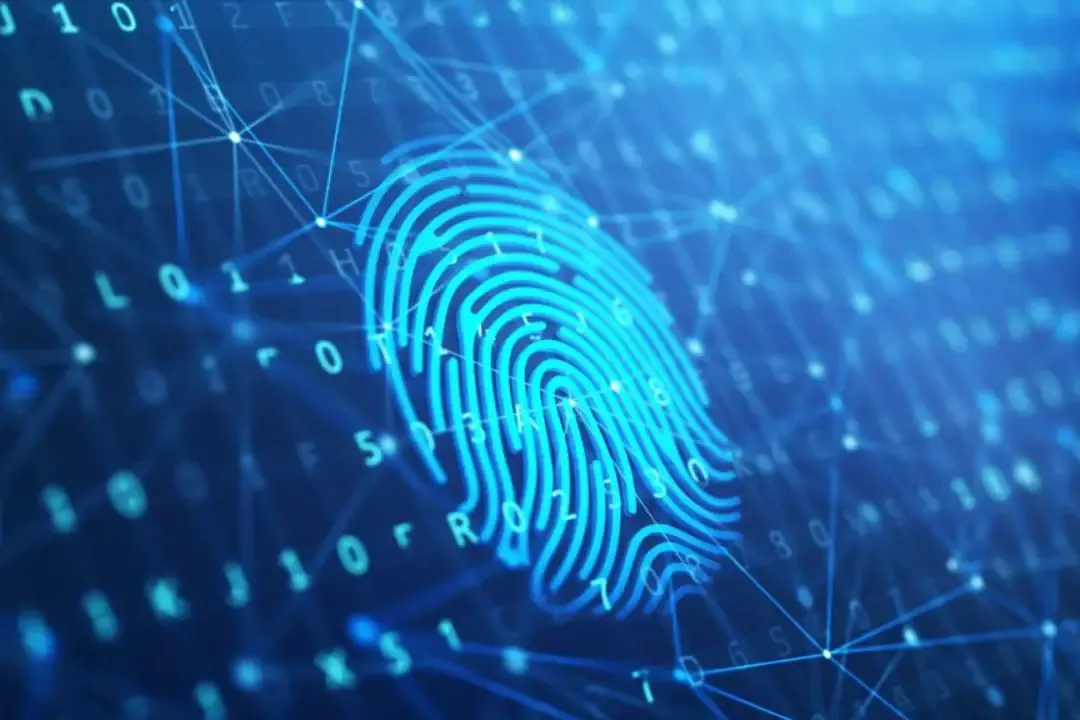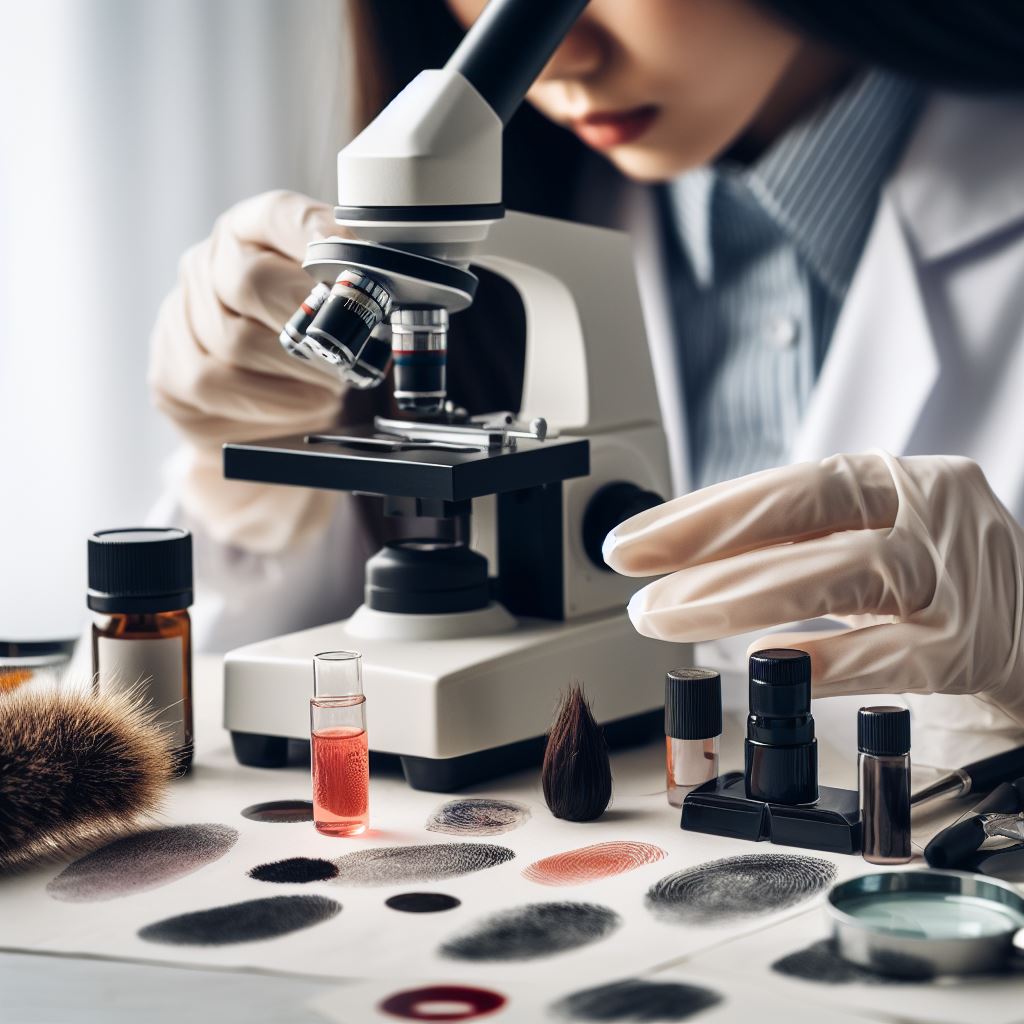In addition to producing 20% of the oxygen needed in the body, diatoms
- A continuously developing tool for solving Numerous Cases:
- Aids in Identifying Antemortem Drowning:
- Determine Homicidal, Suicidal, Accidental Deaths:
- Determinate the site of drowning:
- Find the time of Drowning— Diatom Fingerprinting.
- Identification of Possible Stature and body type:
- Identification of the Assailant:
- Diatoms in Veterinary Forensics
- Conclusion:
Forensic Limnology is a discipline that focuses on the legal significance of these organisms. Limnology studies freshwater ecology and the relationships between the organisms living in them (particularly diatoms). Therefore, forensic limnology can be considered the application of Limnology in a legal scenario.
By the above definition, we know forensic limnology is not equivalent to all diatom analysisWhat is Diatom Analysis? A Forensic Test for Drowning Diatom Analysis is a forensic technique that involves the isolation, identification, and comparison of microscopic algae called diatoms to support a diagnosis of drowning. Because diatoms Read Full Definition; it doesn’t include seawater diatoms.
A continuously developing tool for solving Numerous Cases:
Detecting diatoms in the organs is currently considered an important “biological marker” for diagnosing drowning in human forensic pathology. Indeed, the diatoms test is based on the principle that diatoms can be detected in the organs of drowned victims if they aspirate diatom-rich water into the lung before death.
Aside from being incredibly helpful in identifying and resolving criminal cases, diatoms’ significance goes beyond just a number. Through studying their interactions, researchers are finding new ways to find them and developing new techniques to enhance these organisms’ capabilities in solving crimes.
Tracking how many cases have been solved using them globally is impossible. This extensive use can represent the number of research articles published about the various applications of diatoms.
Aids in Identifying Antemortem Drowning:
Drowning is a type of asphyxial death in which respiration is inhibited by submersion in a fluid. It is not necessary whether the fluid is aspirated into the lungs or not.
The death occurring due to drowning is called antemortem drowning. In contrast, death happens before entering the water, or the body is dumped after homicide by any means termed postmortem drowning.
Water entering the lungs can cause violent respiration during drowning, rupturing the alveolar walls. If the water contains less than 40 m of diatoms, it can pass through pulmonary veins and lymph channels towards the heart’s left ventricle. Then, to various peripheral organs such as the liver, bone, brain, skeletal muscle, etc.
However, in cases of postmortem drowning, the water with the presence of diatoms can only enter the lungs passively, and they don’t go to other peripheral organs because the alveolar wall doesn’t break down, and there is no respiration and ceased circulation system. So this means that even though they may be present in the lungs, they cannot spread to other organs. So the presence of diatoms in peripheral organs is the classic sign of antemortem drowning.
Suppose a positive test or diatoms were detected in peripheral organs. In that case, this implies that the person was breathing upon entry into the water, and drowning contributed to his death.
Determine Homicidal, Suicidal, Accidental Deaths:
It’s clear that the presence of these diatoms in the peripheral organs of a deceased person indicates that they were alive when they drowned. Once the drowning is confirmed, the next task is to find the manner of death. Is it a case of homicidal, suicidal, or accidental?
Diatoms found only in the lungs indicate that the person was not-alive or unconscious (induced coma) during their drowning. Therefore, it’s usually considered homicidal, with a minuscule probability of being accidental or suicidal. Some scenarios of such antemortem drowning, which is not a homicide, are:
- Shock and fear of falling into the water could cause heart failure and cessation of the circulatory system.
- Cold shock – jumping into iced water causes heart failure due to vasoconstriction.
- Road accidents – shock and injury could cause unconsciousness before falling into the water.
Determinate the site of drowning:
The diatomology contributes significantly not only to determining the mode of death but also to determine the site of drowning. A sufficient number of diatoms in vital distant body organs can establish antemortem drowning to a certain extent. However, the question about the exact site of the drowning is often raised when circumstantial evidence
Forensic diatomologyForensic diatomology is defined as the application of diatoms for solving drowning-related cases for medico-legal purposes. Read Full Definition or Diatomological Mapping (D-Mapping) is the term used by forensic scientists to find the putative location of drowning using diatoms to locate the origin of diatoms in drowning-related cases.
The concentration or distribution of the diatoms in the presumed drowning medium or water body and their correlation with the diatoms species recovered from the bodies of drowning victims provides corroborating or conclusive evidence for the location of the drowning.
Scientists obtain a sample from the victim’s body and water from the presumed drowning site and analyze those for the presence of diatoms. A concordance of diatoms collected from the tissue samples and the location of corpse recovery may help indicate the place of death.
However, if the correlation between the two doesn’t exist, it suggests that the body might have been moved either by the natural flow of water or someone, indicating a possible homicide.
Find the time of Drowning— Diatom Fingerprinting.
Diatoms are incredibly sensitive to changes in environmental conditions. Diatomic species not only differ from one location to another location but also differ because of seasonality. This is because factors such as temperature, salinity, pH level, availability of nutrients, and vegetation play a vital role in the survival and tolerance of diatoms on the water bodies. All these differences contribute to the livelihood of diatoms present in that water source.
Thus continuously monitoring seasonal and site-specific diatomic flora and its taxonomy present in different water bodies along with the shape and size would be very helpful for the scientific forensic investigation of drowning cases to locate the site and season (time) of drowning. Such studies which study the diatom communities through time in chronological order are called diatom fingerprinting, and such a database forms a fingerprinting system for diatoms.
Identification of Possible Stature and body type:
Identification of Possible Stature:
Ever wonder if it is possible to find the stature with diatoms? Well, backed by research, it is known that diatoms can be transferred onto footwear even due to short-term contact.
In 2017, London scientists from the Department of Security and Crime Science and the Department of Geography conducted a study to demonstrate the transfer and retention of diatoms on various commonly used footwear materials is possible. They used five different types of footwear materials with varying immersion periods ranging from 30 seconds to 30 minutes. In addition, the persistence of diatoms on the materials was addressed with a preliminary pilot investigation, with ten intervals sampled between 0 and 168h.
The study concluded:
- Footwear is a recipient surface that can be sampled for diatoms in forensic scenarios;
- Diatoms transfer to footwear materials even after brief contact with a water reservoir and could successfully be extracted.
- Diatoms could be recovered from the footwear even after 168 h of wear (7 days after).
- Different materials have different retention periods. Thus diatom analysis is more effective when shoes are made from mixed material types and polymers.
So, once that shoe size is positive for diatoms of the exact nature, you can easily plug the shoe size into a regression equation to determine the assailant’s or victim’s possible height or stature. This information can also assist the forensic examiner in including and excluding any suspects in the case during investigations.
Identification of Possible Body type:
Another question is if the footwear can be used for the diatomic test, what about the garments or fabrics?
To answer this question, London scientists Scott and his colleagues conducted a study to determine the possibility of transferring diatoms from different aquatic environments such as water reservoirs and soil diatoms to clothing and different methods of diatom extraction.
They concluded that diatoms could transfer to fabrics from water reservoirs and the soil, although the contact was relatively short. Also, diatoms persist between the fibers in cotton clothes even after being washed and cleaned. They also found that the best extraction method for diatoms from clothing is perhydrol digestion.
Another study aimed to identify and explore diatom retention dynamics on clothing following wear over time (hours to weeks). A series of experiments were designed to examine the impact of clothing material, seasonality, and time since wear (persistence interval) on the total number and species-richness of diatoms recovered and their relative retention (%) over time. The findings demonstrate that diatoms can be recovered from clothing, even weeks or months after an initial transfer, yielding a useful environmental trace indicator for forensic reconstructions over investigative timescales.
These studies suggested that diatoms can be recovered from clothing, and they can retain in those clothing for a very long time, even after months of initial contact and washing. Once the clothes are identified, the body type of the assailant or victim could be estimated.
Identification of the Assailant:
The diatom analysis is not just helpful in dealing with dead bodies found in aquatic environments. Still, they assist in investigating other cases, such as where it is needed to prove that the person has been in a specific location.
The above two factors— identification of stature and body type through diatomic analysis on footwear and clothing, can assist the investigators in identifying and eliminating the perpetrators by focusing the investigation on a specific group of people and gender.
The analysis of footwear and clothing equips investigators with tools that can help confirm or refute the suspect’s alibi, especially where it denies being present in a particular place. In addition, the presence of the same diatoms on the suspect’s clothing and footwear as on the victim’s body or the water reservoir in which the body was found provides solid supportive evidence against the culprit.
Diatoms in Veterinary Forensics
Forensic science
The potential of finding diatoms in case of aspirated water and animal drowning was defined by Benson et al. in 2013, becoming the first reported case of diatoms observed in a cytologic specimen in a nonhuman mammal.
In 2017, Fucci et al. published a preliminary study using a digestive method used in a forensic context to extract diatoms from various drowned animals. The extraction process used for the analysis is hydrogen peroxide digestion and extracted from the lungs, liver, and kidney. The method proved suitable for identifying diatoms in the animals’ organs, supporting the final diagnosis of drowning. The authors believe this first trial is very promising, and the results suggest that the diatom test can be easily applied in forensic veterinary contexts.
Conclusion:
The diagnosis of drowning is described as one of the most difficult in the field of forensic medicine. Usually, typical features of antemortem drowning could help out to figure out drowning. However, these positive signs of drowning disappeared very rapidly with the commencement of putrefaction. These signs of drowning depend on the delay in recovering the body and on the development of the putrefaction. Hence, the diatom test plays an important role in diagnosing and confirming drowning deaths, particularly in the case of putrefied or skeletonized bodies. Diatom test not only confirms the antemortem drowning, but it also helps investigation to identify the manner of death, site, and time of the drowning and also helps to include and exclude person of interest and also identification of the assailant and victim.
- Verma, Kapil. (2013). Role of Diatoms in the World of Forensic Science. J Forensic Res. 4. 181-184. 10.4172/2157-7145.1000181.
- Pollanen MS (1998) Forensic Diatomology and Drowning. Elsevier.
- Delabarde, Tania & Keyser, Christine & Tracqui, Antoine & Charabidze, Damien & Ludes, Bertrand. (2013). The potential of forensic analysis on human bones found in riverine environment. Forensic science international. 228. 10.1016/j.forsciint.2013.03.019.
- Fucci, N., Campobasso, C.P., Mastrogiuseppe, L. et al. Diatoms in drowning cases in forensic veterinary context: a preliminary study. Int J Legal Med 131, 1573–1580 (2017). https://doi.org/10.1007/s00414-017-1565-y
- Piegari G, De Biase D, d’Aquino I, Prisco F, Fico R, Ilsami R, Pozzato N, Genovese A and Paciello O (2019) Diagnosis of Drowning and the Value of the Diatom Test in Veterinary Forensic Pathology. Front. Vet. Sci. 6:404. doi: 10.3389/fvets.2019.00404











